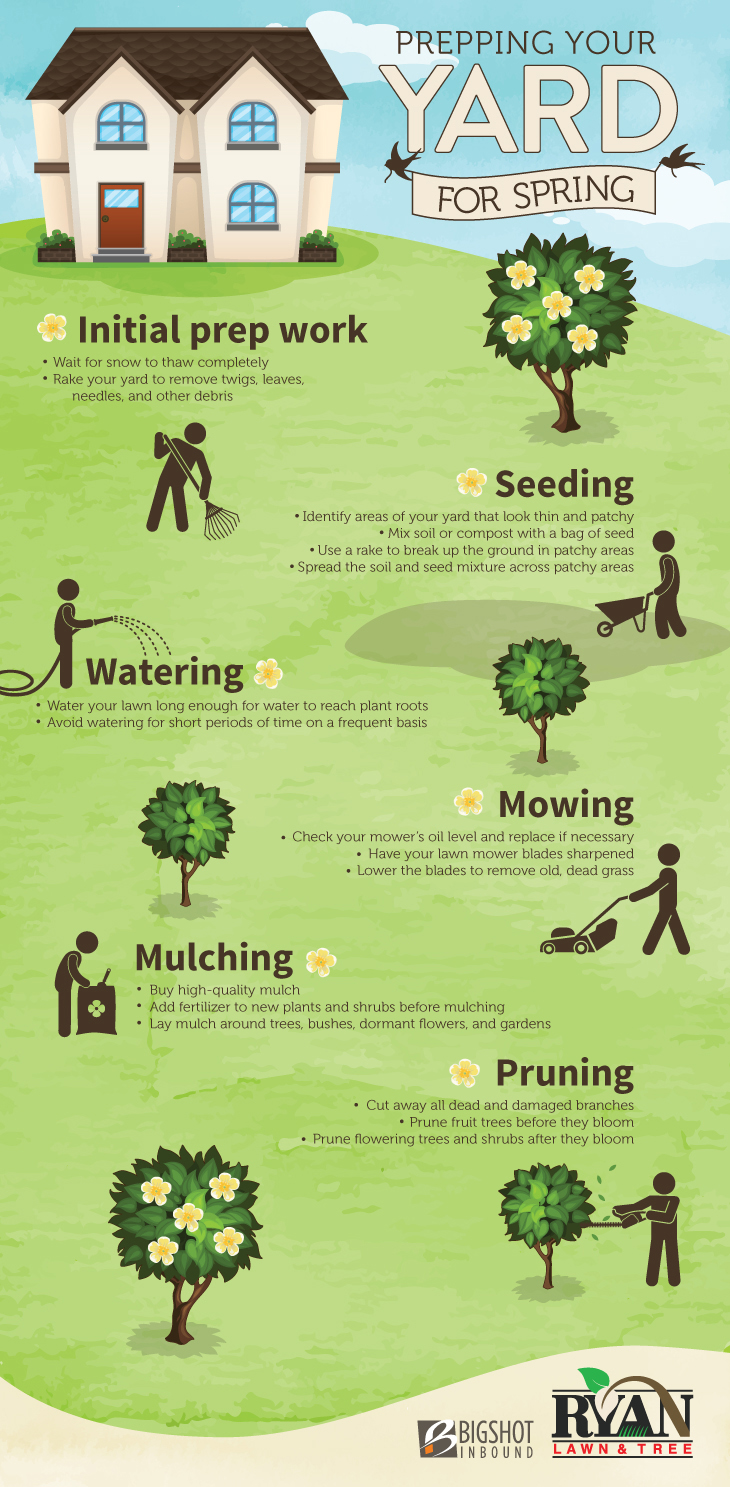Establishing The Right Time For Tree Removal - An Overview For Homeowners
Establishing The Right Time For Tree Removal - An Overview For Homeowners
Blog Article
Web Content By-Jacobsen Crowder
Trees include elegance and worth to building, however they can likewise present a risk during extreme weather condition events. If a tree has quit expanding, is displaying noticeable fungal development, or has a leaning trunk, it must be eliminated by a professional to stay clear of building damages and injury.
To read more, participate in a house owner source reasonable co-hosted by HPD, the Facility for New York City Neighborhoods, and Brooklyn-based real estate companions this night in Bedford-Stuyvesant. The event will certainly feature the Home owner Handbook, a new overview to help home owners browse the duties of possessing a home.
1. Dead or Perishing Branches
Trees are an important part of your home's landscape, providing shade and beauty. They additionally provide sanctuary for wild animals and create oxygen, however even healthy trees can experience health problems that might demand their removal. what is a certified arborist or passing away trees aren't simply unsightly, they can be harmful. Their branches can fall during a tornado, leading to costly residential or commercial property damage and injuries.
When a tree's branches begin to pass away, it means that its structure is starting to break down. If most of its branches are dead, it is most likely time to remove it.
Search for an absence of new development, bark peeling, open injuries or dental caries, fungi expanding on the trunk or origins and a general appearance of degeneration in the whole canopy. These indicators of infection can show a severe trouble that will certainly require professional tree solutions to resolve.
2. Leaning Trunk
While it's typical for trees to lean periodically as a result of phototropism, if a tree has an unsafe or severe lean that's not because of natural processes - maybe an indicator that the tree requires to be gotten rid of. If the tree is favoring a power line, home, vehicle, play framework or any other area that could be harmful to people if it drops, then speaking to an expert tree solution for removal must be a leading concern.
tree service san antonio 's likewise essential to watch for any type of sudden changes in a tree's leaning as it can suggest damages to the origins or trunk that may bring about falling. This is especially real during thundercloud, given that high winds and rain-soaked soil can trigger a lean to transform quickly. Routine surveillance, specifically during and after tornados can help homeowners recognize prospective troubles with their trees so they can call an arborist for a detailed evaluation.
3. Insect Problem
Some pest invasions, such as wood-boring insects like emerald ash borer or sap-suckers like range insects, are so severe that they can create a tree to die. The best means to avoid pest infestation is to check your trees on a regular basis. Search for spots, holes, or discolorations in the leaves and bark. Analyze the trunk for cracks and signs of insect damages, such as passages or tracks.
If a tree comes to be too ravaged with pests, or is close to a home or high-voltage line, an arborist might advise removal. If a leaning tree creates a new, unstable lean, an arborist will likely recommend removal too to make sure the safety of people and property. If a damaged or dead tree continually drops extreme branches, it is an indication that it is time to eliminate the tree. If a tree continues to shed branches for an extensive period of time, it might lead to architectural problems and prospective building damage.
4. Harmed Trunk
Trees are a stunning and important part of our landscape, however they do call for routine care to keep them healthy and balanced and risk-free. If a tree is harmed irreparable it is most likely time for it to come down.
Search for indicators of damages to the trunk, consisting of vertical splits, joints, dead branch stubs, noticeable wounds or open cavities and extreme tree-rot. The existence of fungi at the base of the trunk is another alerting indicator. Fungi may suggest that the phloem and xylem (life-support cells) are jeopardized, enabling the spread of condition or a future failing.
Likewise, consider whether the tree has stopped growing. Healthy and balanced trees will have new development each year, which might show up as buds or branches growing and extending. If read full article do not see any new development, it's an excellent concept to have an arborist assess the tree and follow their suggestion for elimination. A dying or damaged tree can drop and create residential property damages.